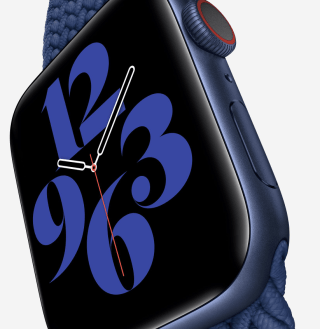
Apple Watch Series 6: What you should know before buying one
Learn about Apple's latest watch, the Apple Watch Series 6, as well as Apple Watch alternatives to consider.




According to Apple, the new so-called blood oxygen sensor comprises four LED clusters and four photodiodes, built into its crystal back and informing a Blood Oxygen app to help determine the amount of oxygen in your blood. Once you’re wearing it, the Apple Watch 6 will regularly watch your blood oxygen levels — of course, if you have real concerns about your blood oxygen or medical concerns otherwise, it’s best to check in with a medical doctor rather than rely on your smart watch (or any non-medical, non-doctor tech, for that matter).
Otherwise, Apple claims the Apple Watch 6 charges faster than its predecessor by nearly 40 percent. And you can utilize Apple’s latest watchOS 7 with it, which allows some non-iPhone users to use the smartwatch, as well as innovations in the sleep tracking space and more.
You can get the Apple Watch 6 in a variety of models, styles, materials, finishes and bands.
Sporting the same Retina display and allowing for GPS and cellular connectivity like the flagship Apple Watch, the SE keeps out the always on feature, the blood oxygen and ECG detection apps, and reduces performance in other ways but should be more than enough to cover your daily needs, alerts and timekeeping. While it may lack some premium functions, its cost is reduced to a non-premium level, too.
Sporting all of the above functions, the 3 Series sports GPS but not cellular service, nor does it allow for Apple’s new Family Setup features, which allow non-iPhone users to use the Apple Watch. One bonus is the case size, which you can get in 38mm or 42mm in contrast to the flagship models’ 40mm and 44mm options.
Catch up on Select's in-depth coverage of personal finance, tech and tools, wellness and more, and follow us on Facebook, Instagram and Twitter to stay up to date.